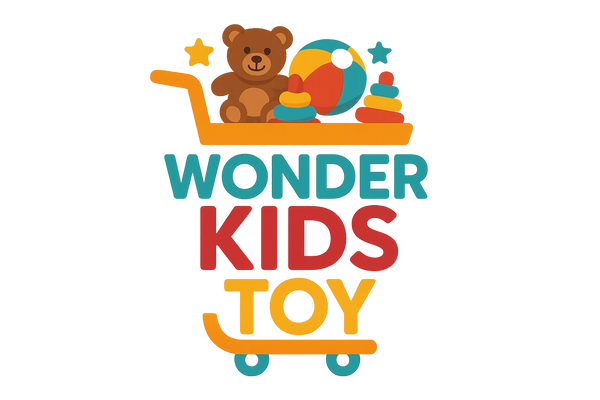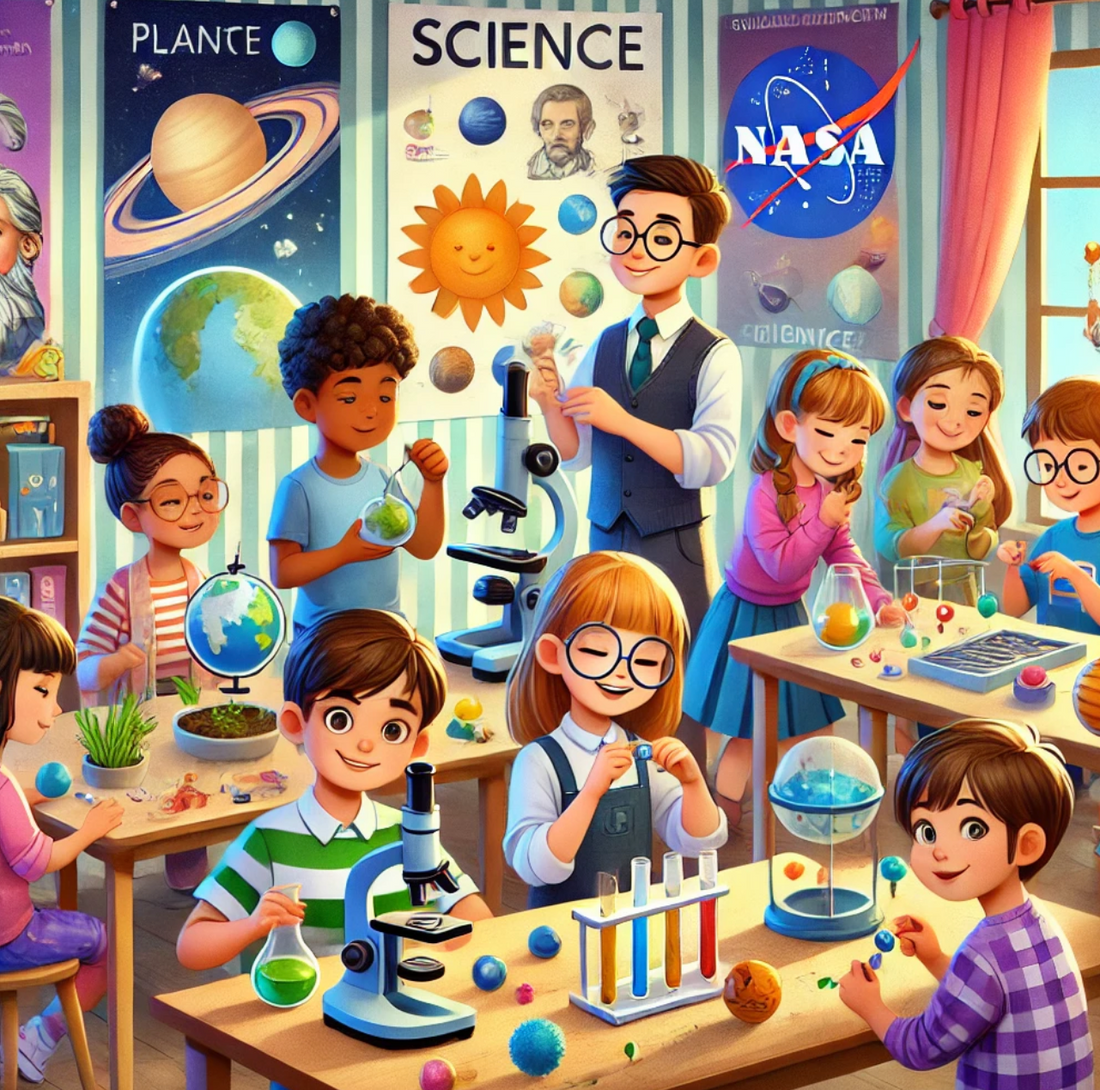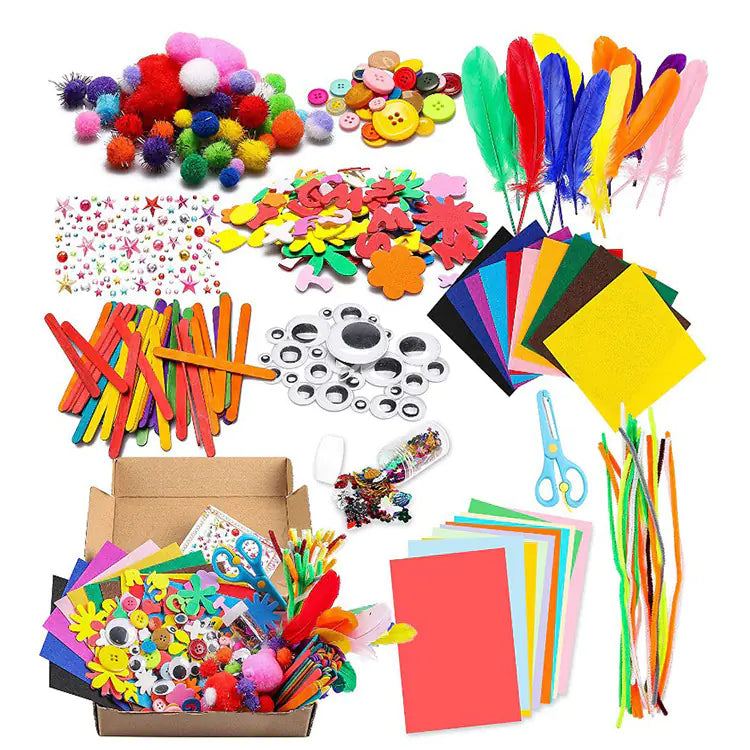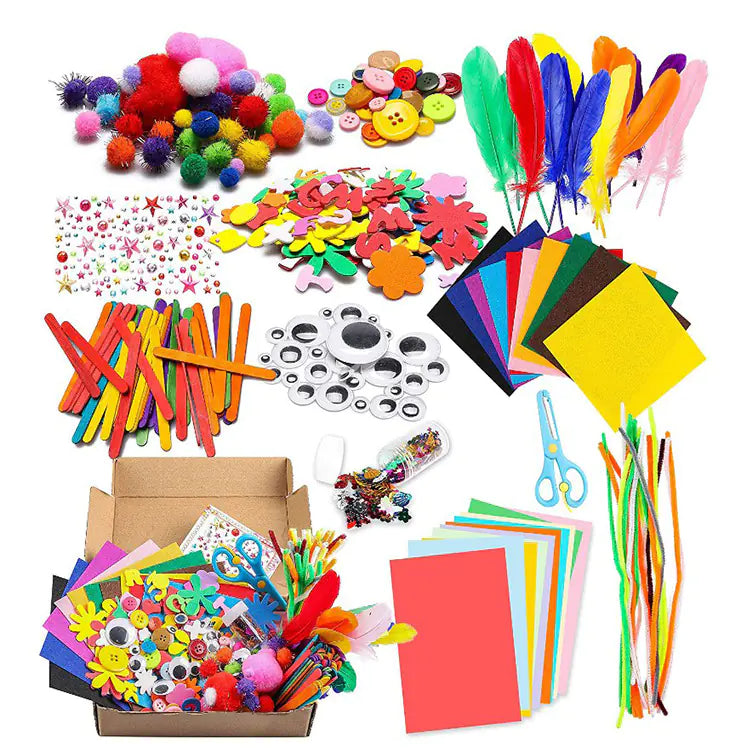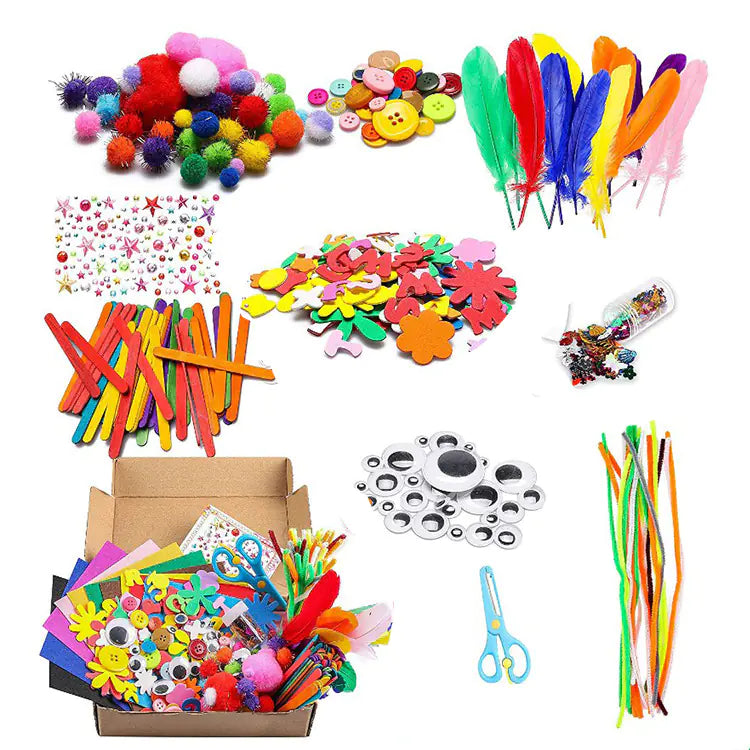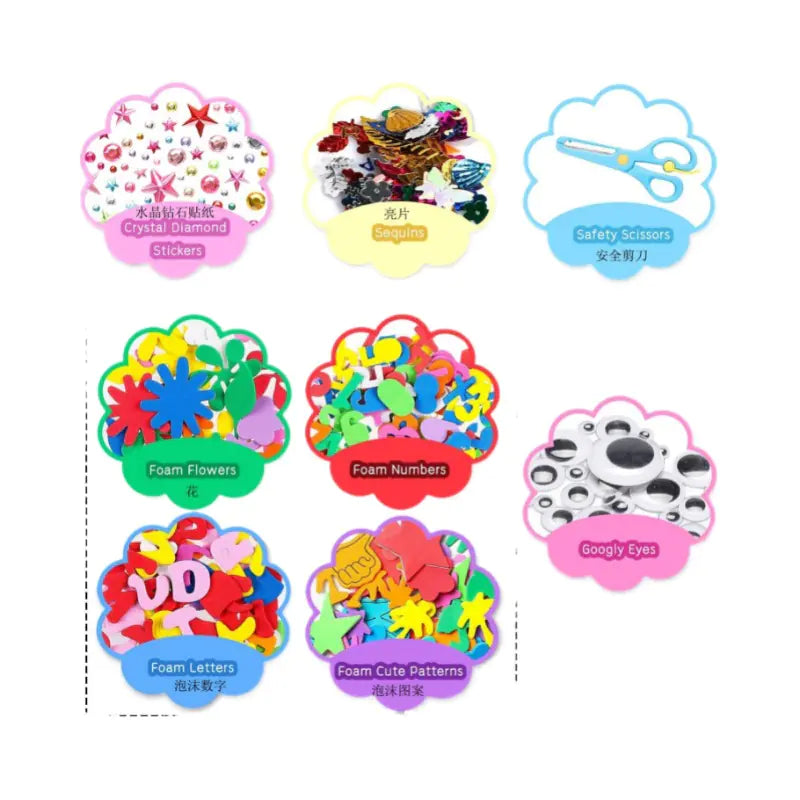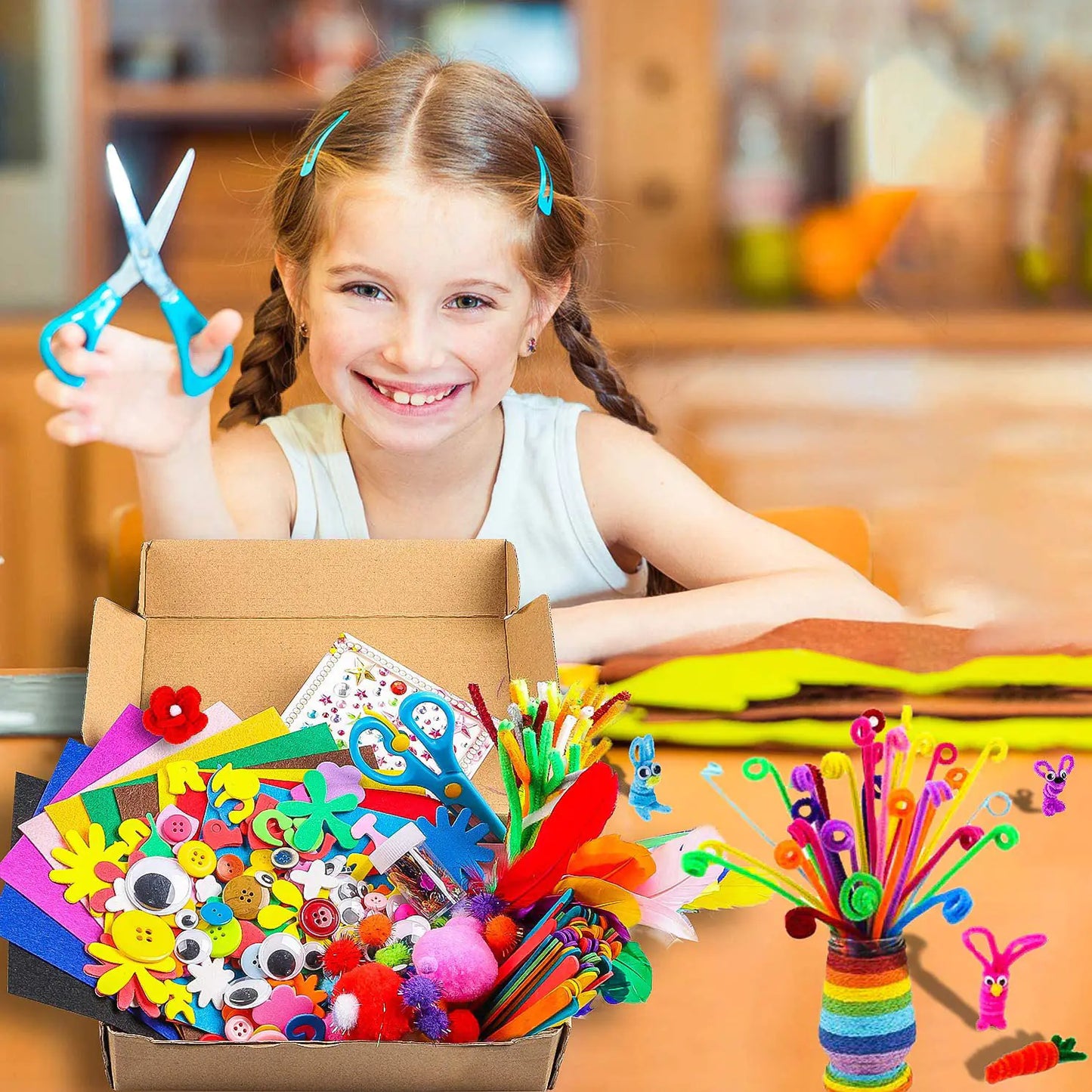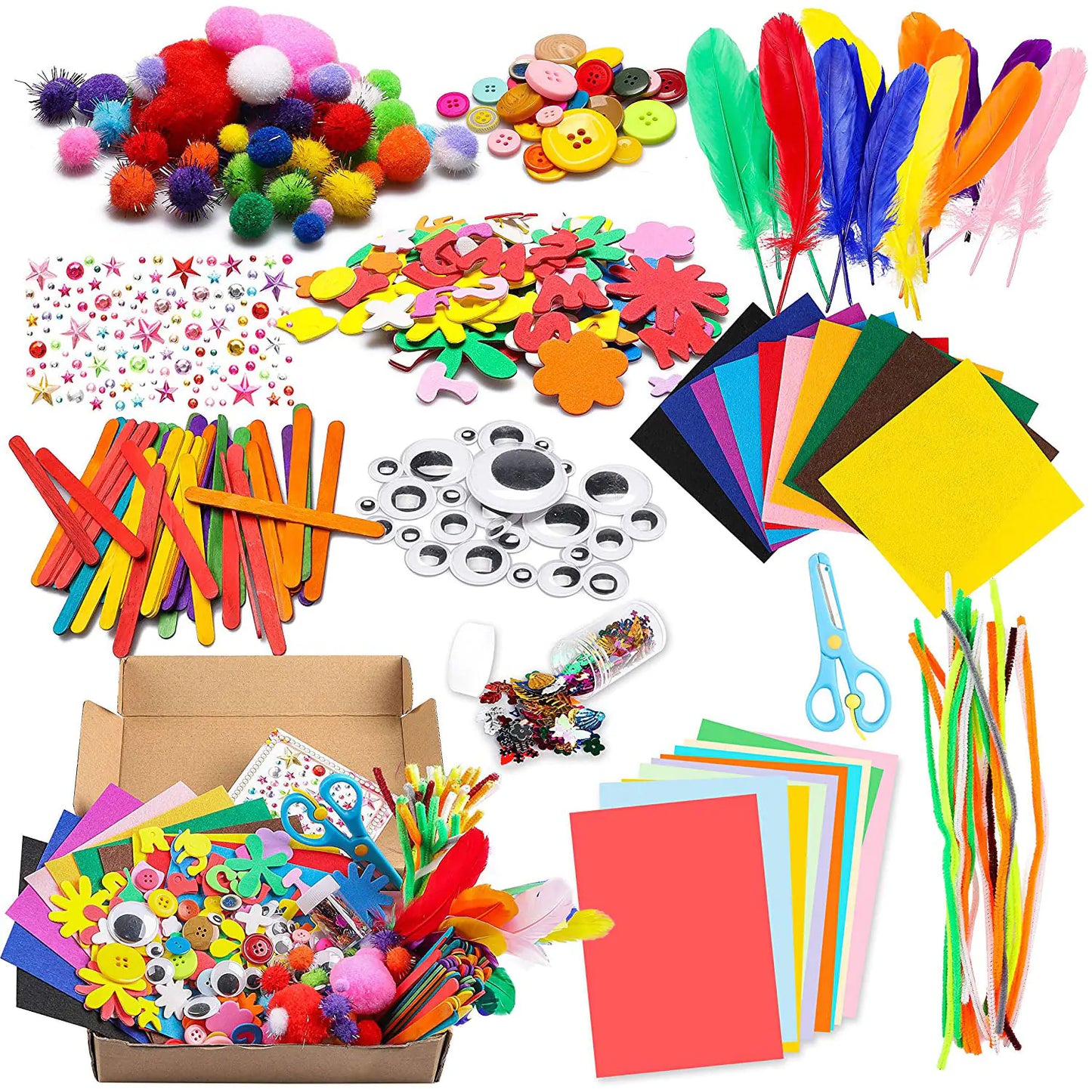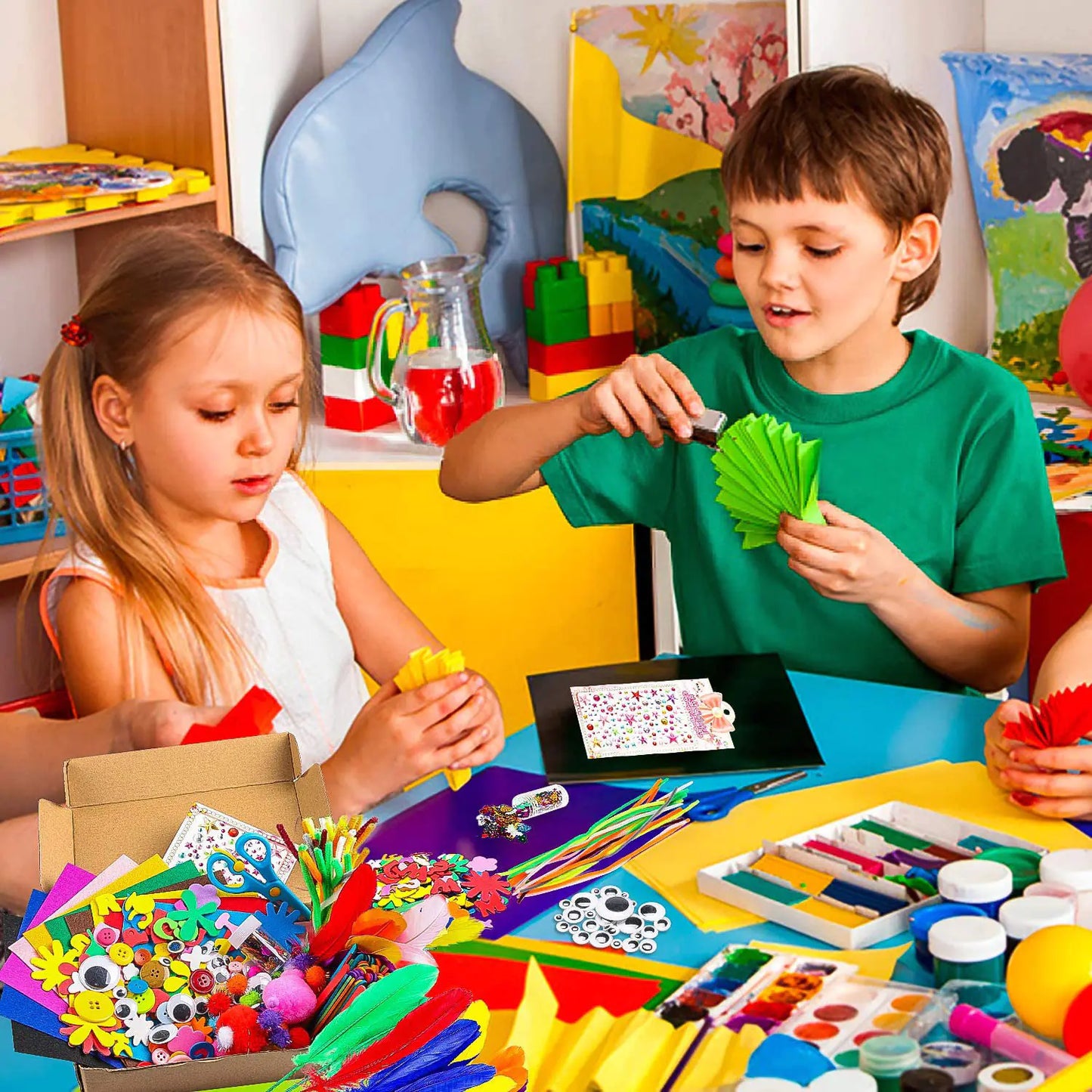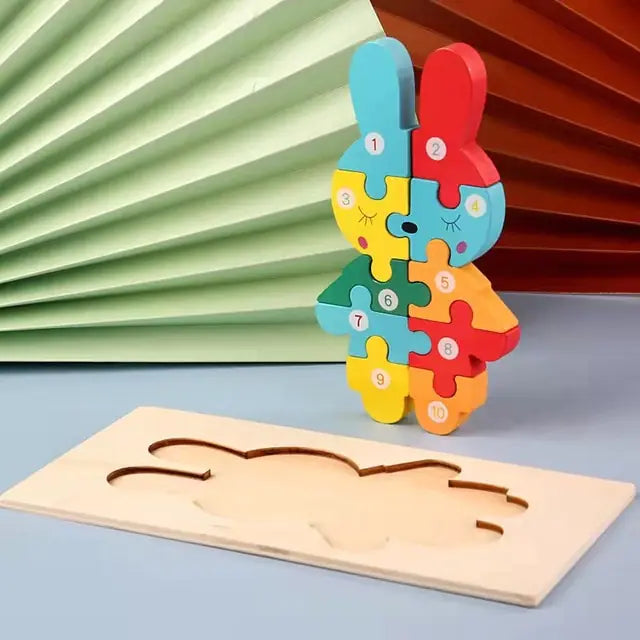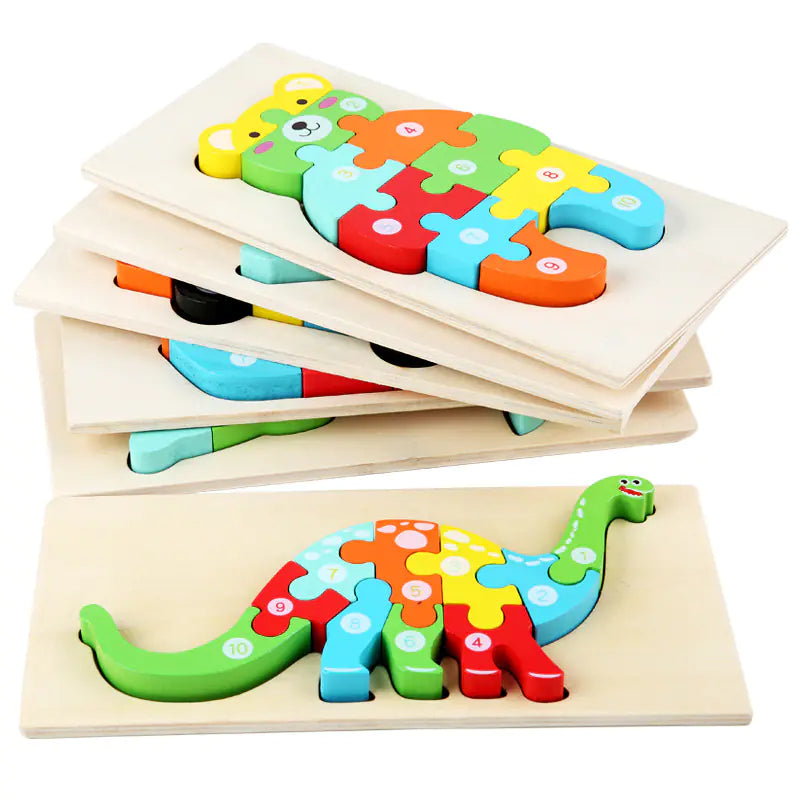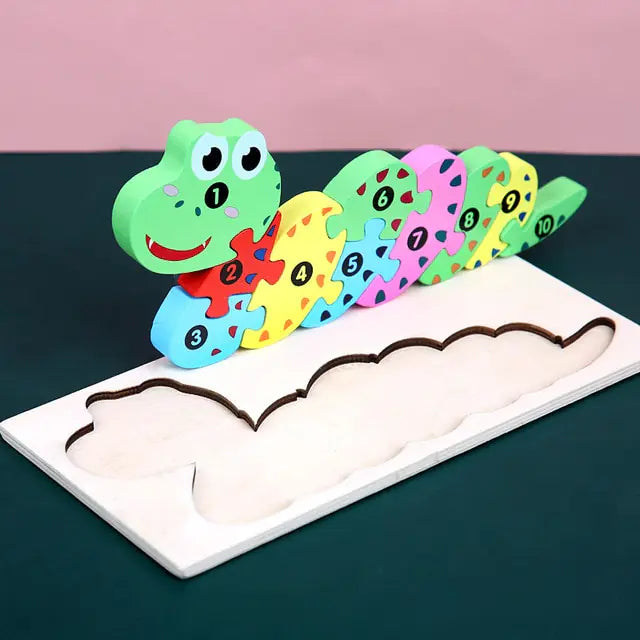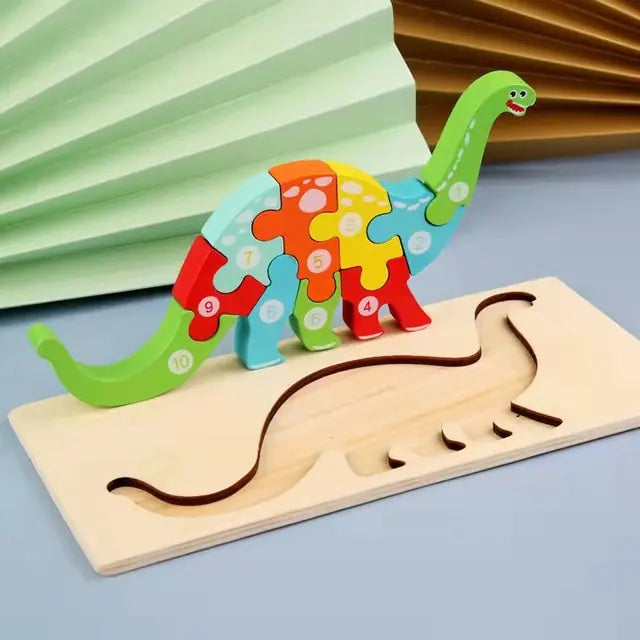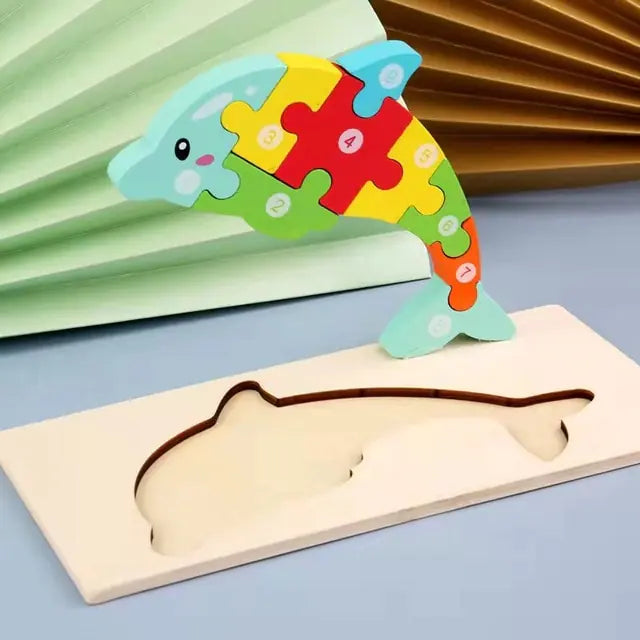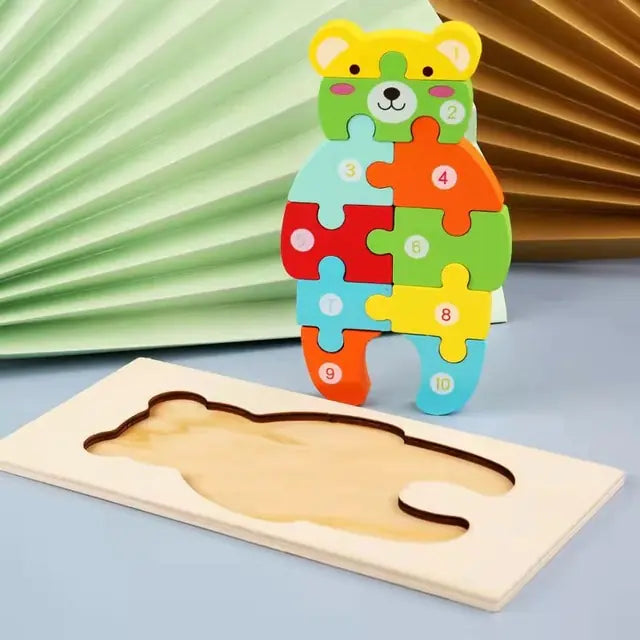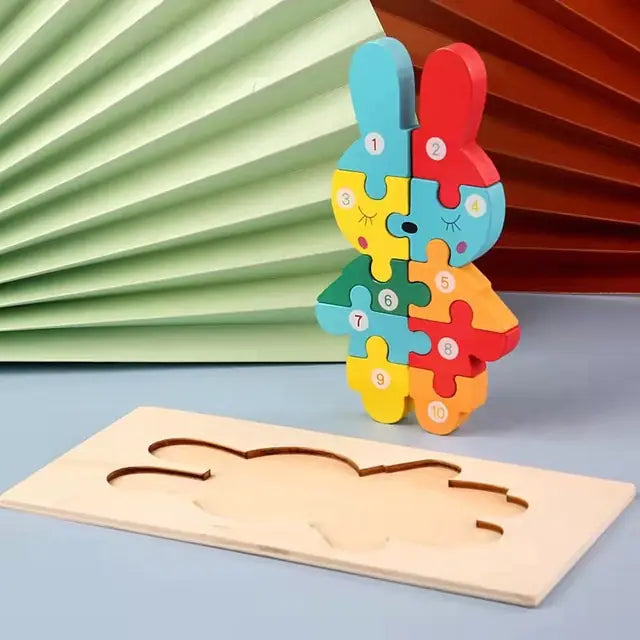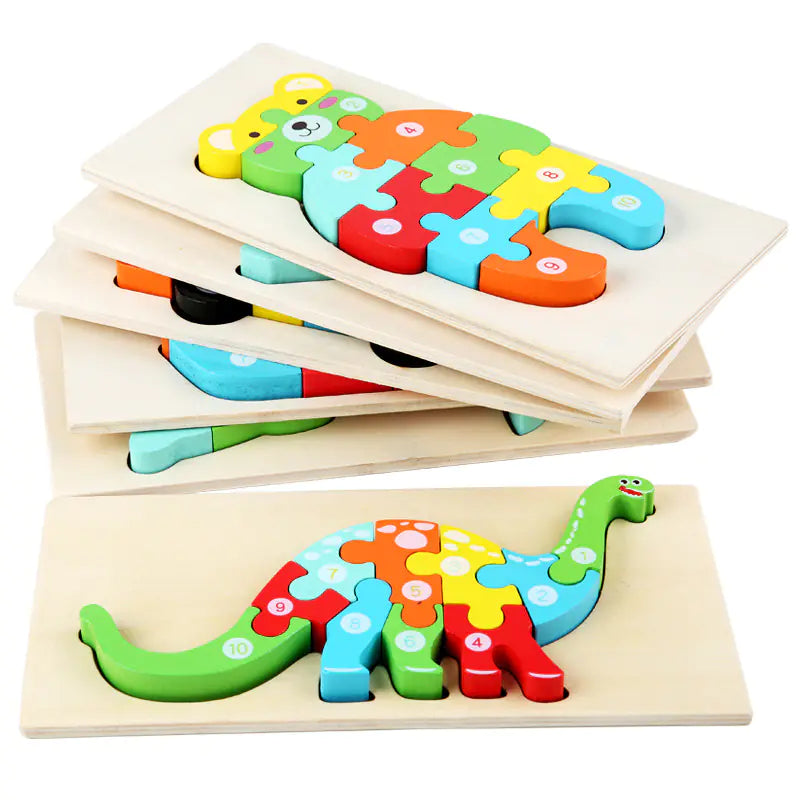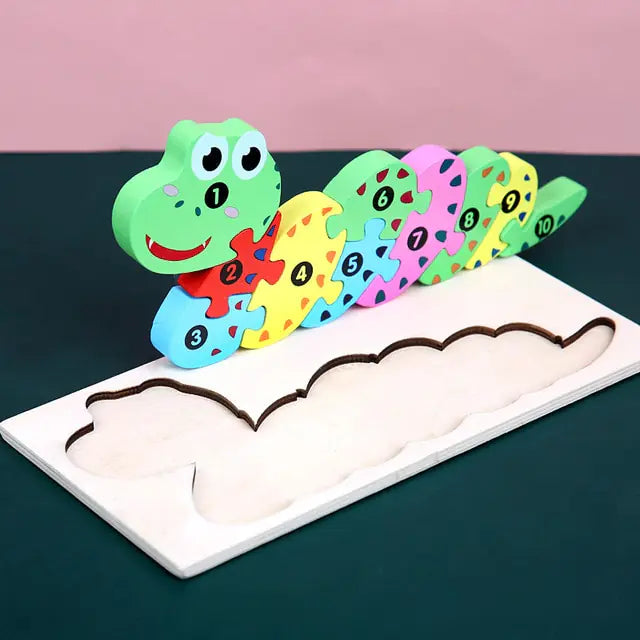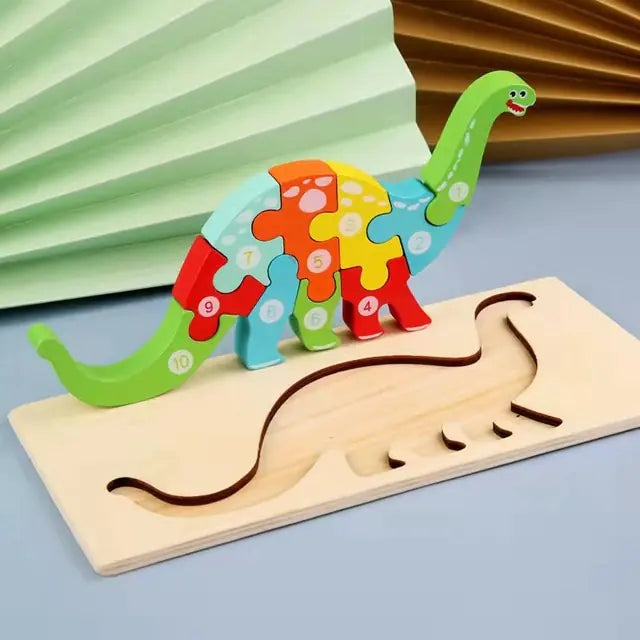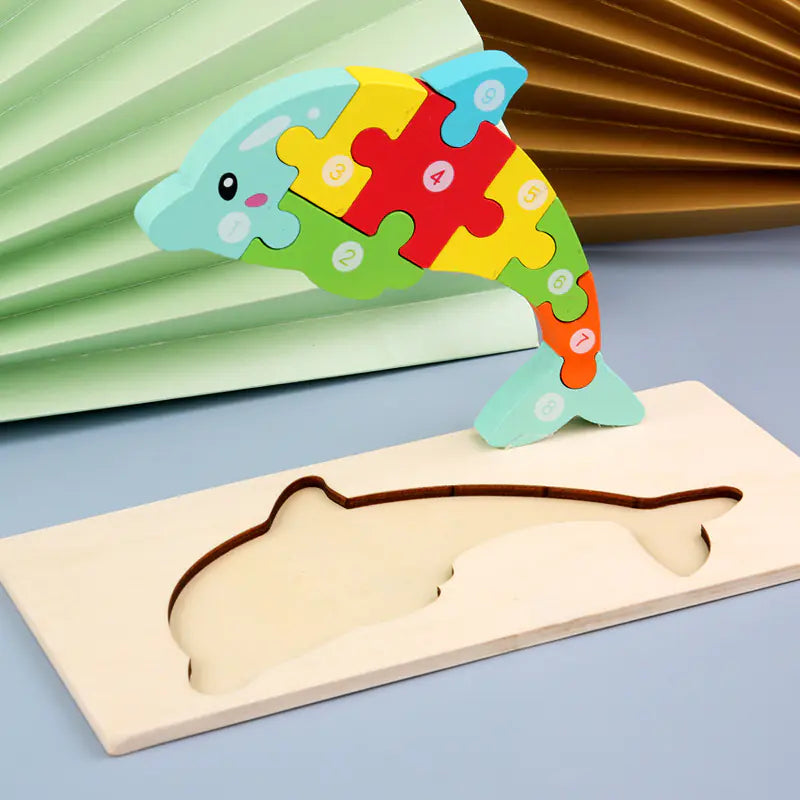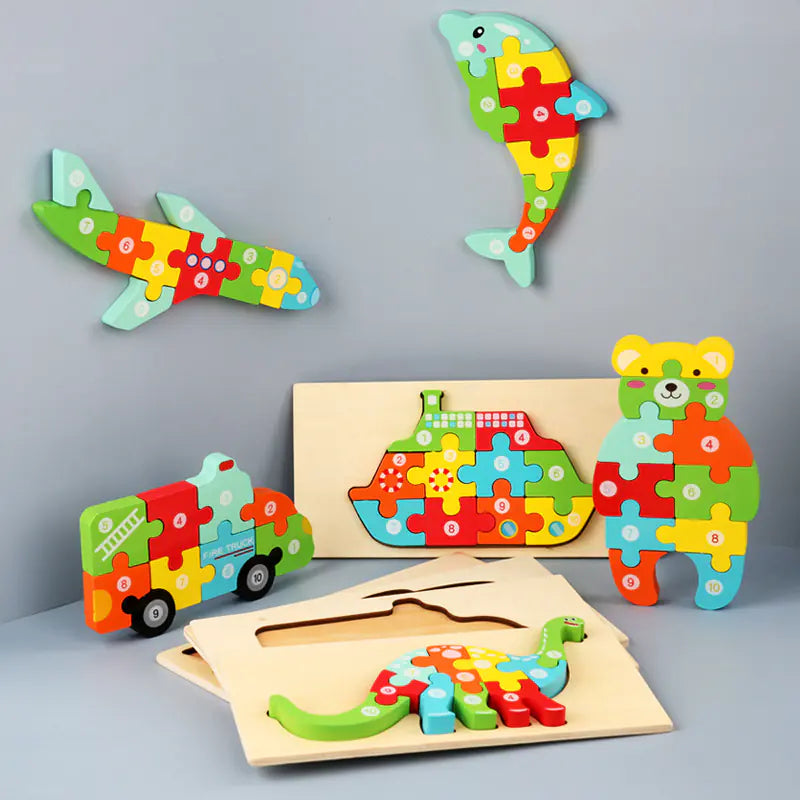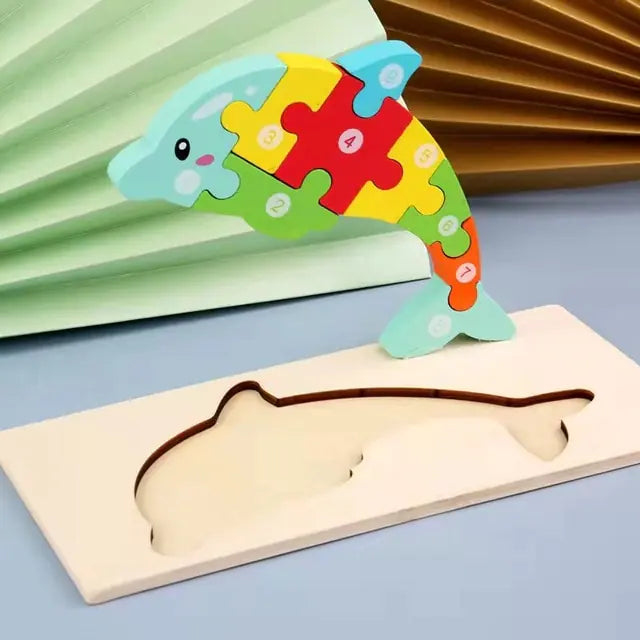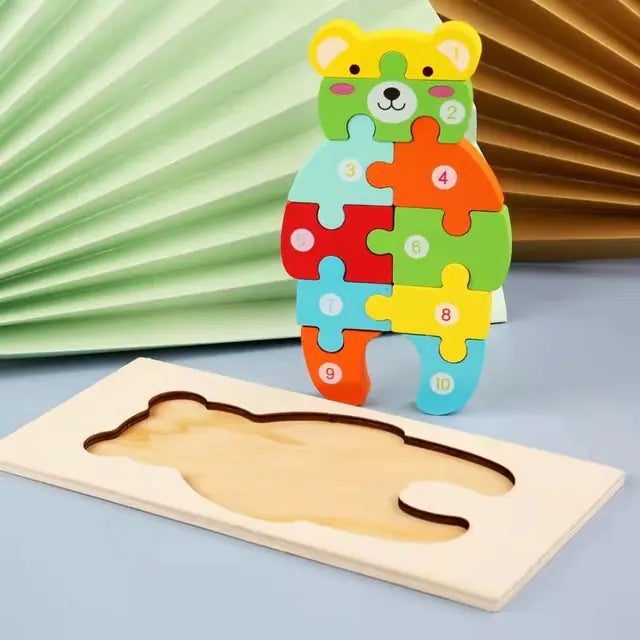Science Kits for Kids: Fun Learning Experiences
Kids science kits are a fun, engaging way to get kids excited about the world around them. Specifically engineered to ignite imaginations, these innovative kits come loaded with top-notch gear and hands-on experiments that transform science into an awe-inspiring adventure.
Whether making incredible chemical reactions or constructing mini electrical circuits, they make it fun for kids to learn complicated subjects through hands-on experience. Most kits are designed for specific ages so kids can enjoy age-appropriate, safe, and stimulating activities.
Parents and educators can use these kits to inspire young minds to explore their problem-solving skills and develop a curiosity that will last a lifetime. Science kits provide an incredible asset for kids to learn beyond the classroom.
They include fun subjects such as biology, chemistry, and physics. They’re an increasingly fun way to mix education and entertainment while inspiring the next generation of scientists and innovators.
What Are Science Kits for Kids
Definition and Purpose
Science kits are fun, easy, hands-on educational tools designed to bring science learning to life. They usually include all the materials and instructions for multiple experiments that allow kids to discover different scientific principles in a fun, hands-on manner. These hands-on STEM kits spark a child’s natural curiosity!
From creating an erupting volcano to growing colorful crystals, they present kids with exciting, hands-on experiences that inspire them to become lifelong learners. We aim to encourage a spirit of inquiry and exploration while developing a primary understanding of the way the world operates.
These kits help kids experience the joy of scientific discovery and creativity. You can learn basic chemistry concepts through easy chemical reactions or discover the nature of gravity with exciting physics experiments.
At their best, science kits spark creativity, exploration, and the drive to solve problems. They inspire kids by making scientific discovery approachable—transforming big concepts into fun, hands-on activities.
For instance, a biology-focused kit might include tools for observing plant growth or examining insects, helping kids connect theoretical concepts to real-world examples. The purpose is to cultivate a love for learning and spark curiosity, setting the stage for a lifelong scientific interest.
Importance in Early Education
Getting kids excited about science early on is key to establishing a solid basis for continuing their education. This early exposure does much more than expand knowledge; it gives children the tools to develop vital cognitive skills such as logical reasoning and critical thinking.
For the youngest learners, science kits make big concepts more concrete. A weather science kit, for instance, would familiarize them with the science behind rain and clouds by having them create mini water cycles in their homes. These kits focus on making learning active instead of passive, allowing kids to retain what they are learning.
Science kits come in various themes and types, appealing to kids of all ages and interests. Young children are attracted to activities that are simple yet rich in possibilities, like color mixing.
At the same time, older children can explore cool subjects such as robotics or astronomy. That flexibility allows science to come alive to every child. Regardless of their age or experience level, they can investigate and discover in an engaging, rigorous, and enriching manner.
How They Support STEM Learning
This is why science kits are so essential to STEM education. They integrate science, technology, engineering, and math (STEM) into a singular, hands-on learning experience. They encourage hands-on learning, letting children explore and discover their hypotheses.
For example, a kit focused on magnetism might include activities that teach the basics of physics while encouraging kids to think like engineers. These engaging hands-on experiments excite kids about STEM topics without realizing it.
Additionally, science kits have been found to generate sustained interest in STEM careers. Through inspiring curiosity and giving them a chance to explore solutions, they set the stage for what could be a lifelong career.
A kid hooked on a chemistry kit might become a chemical engineer someday. At the same time, another child inspired by coding activities might be motivated to study computer science.
These kits provide engaging, hands-on experiences that make learning unforgettable, life-changing, and bursting with potential.
Benefits of Using Science Kits
Science kits provide more than just teaching tools. They encourage inquiry, change up the classroom, and ignite a passion for science that lasts a lifetime.
1. Encourages Hands-On Learning
Hands-on activities help students grasp abstract scientific principles. For instance, creating an erupting volcano model allows children to understand the benefits of chemical reactions through an exciting, hands-on approach.
Science kits get kids hands-on and minds-on, which helps to build knowledge through experience instead of observation. Parents can get in on the action, leading children through experiments that require hands-on building or observation.
This hands-on, mind-on, tactile experience is often much more memorable and, therefore, more effective than textbook learning.
2. Sparks Curiosity and Creativity
Science kits excite children about science and encourage them to wonder, “Why does this occur?" Exploratory, hands-on experiments allow children to grow crystals or build their first circuit.
These hands-on experiments allow children to stretch their imaginations, merging inquisitiveness with inventiveness. By letting curiosity drive their discovery, we’re helping the next generation of scientific thinkers turn the world around them into a learning experience.
3. Improves Problem-Solving Skills
Each science kit has challenges, such as troubleshooting why a particular circuit isn’t working. As unexpected things happen, kids learn to troubleshoot and adapt, building those all-important critical thinking skills.
In the long run, these hands-on exploratory learning encounters sharpen critical thinking skills, which is beneficial for school and everyday life.
4. Builds a Strong Science Foundation
Science kits make it easy to introduce concepts such as physics, chemistry, and biology in a way that builds upon each step. They explore thrilling subjects such as magnetism and ecosystems.
This simple but powerful approach provides kids with a fundamental scientific understanding and opens doors to deeper learning later on.
5. Enhances Parent-Child Interaction
Science kits are a unique way to connect. Collaboratively completing experiments fosters collective anticipation and paves the way for impactful discussions about science and curiosity.
Parents and kids can share the excitement of discoveries, helping deepen their bond.
Types of Science Kits Available
Kits for Different Age Groups
Science kits are designed for specific age ranges, so you can be sure they will be appropriate for your child's skill level and interests. For preschoolers, kits like 4M's simple magnet sets or sensory-focused slime kits introduce basic concepts like magnetism and polymer chemistry.
Ages 5 to 7 fully engage with tactile kits such as HST’s beginner chemistry sets. These kits come with safe and simple experiments, like mixing baking soda and vinegar to create amazing reactions.
There are more advanced choices for children ages 8-13. The Thames & Kosmos Physics Pro and the biology-oriented Science Foundation Series explore thrilling subjects such as earth sciences and human anatomy in depth.
Selecting kits based on age or skill level helps maintain safety while keeping activities interesting and brutal.
STEM Kits for Beginners
Kids need to feel like scientists from the beginning of their science journey! These kits are geared towards fun, simple, rewarding projects such as making electronics with basic circuits or growing crystals.
Most HST kits come with everything needed and step-by-step instructions, which are perfect for boosting confidence. Some kits are interdisciplinary, like engineering-focused bridge building or math-integrated coding challenges.
These kinds of STEM activities are great for family nights, too, allowing the whole family to experience something new together.
Dissection Kits for Exploration
Hands-on dissection kits provide a realistic and hands-on way for older kids to learn biology. These kits typically have equipment and field guides to investigate specimens such as frogs or flora.
For kids fascinated by anatomy, dissection kits offer a hands-on approach to discovering how biological systems and processes work.
Portable and Travel-Friendly Kits
Portable science kits create flexible learning environments. Compact sets, such as 4M’s eco-engineering kits, are conveniently packed into a backpack for trips with the family or experiments in the great outdoors.
These kits transform travel into discovery adventures, ensuring science is available wherever you go.
Subscription-Based Science Kits
Subscription-based kits deliver curated experiments monthly. Blueprints such as our STEM subscription series bring new builds in biology, physics, and other exciting fields to your mailbox.
Beginning at three months, longer-term plans receive up to 20% in savings, making subscribing fun and affordable.
How to Choose the Right Science Kit
When deciding on a science kit for your child, there are several key factors to keep in mind for an enriching and enjoyable experience:
- Ensure the kit matches the child's developmental stage.
- Choose kits that match stated learning goals or school themes.
- Look for non-toxic materials and protective gear like goggles.
- Evaluate if it suits the child's current skills and interests.
- Customization: Consider kits that allow creativity and modifications.
- Hands-On Learning: Prioritize kits with engaging, practical experiments.
- Allocate 10-50% of your budget for a quality kit.
Consider Age and Skill Level
It is important to choose a kit appropriate for your child’s age and skill level. Most science kits like these are marked directly on the package by age, making choosing the right one a breeze.
For example, younger children may be more engaged by basic kits that let them explore colors or magnets, while older kids may gravitate toward chemistry sets. Consider what they already know and what they’re interested in—if they’re really into planets, a space-themed kit might be the one to spark their imagination!
You don’t want a kit that is too basic or challenging, as they will either lose interest or become frustrated.
Focus on Specific Learning Goals
Identify the science concepts you want the kit to teach. For instance, a kit focusing on plant growth or human anatomy works best if your child is interested in biology.
Kits linked to classroom units or kids’ interests create an experience where learning feels intuitive and organic. Targeted kits better fulfill focused educational goals, allowing children to enrich their knowledge in particular fields.
Look for Safety Features
Of course, safety should be a top priority. Look for age-appropriate tools, non-toxic materials, and protective items such as gloves.
Make sure your kit has explicit safety instructions. A well-designed science kit will emphasize safety first and foremost. Adult supervision is critical when using chemicals or sharp instruments.
Kits for younger children typically deal with safe, easy-to-handle materials such as baking soda or clay.
Explore Customizable Options
Kits that offer customization opportunities inspire creative thinking. For example, a simple volcano science kit might include additional materials for testing different types of eruptions.
Customization challenges children to critically evaluate and alter experiments, transforming the process into a more exciting endeavor. This flexibility allows them to experiment with their ideas, fostering independence, creativity, confidence, and problem-solving abilities.
Tips for Using Science Kits Effectively
Create a Dedicated Learning Space
Creating a dedicated space for science experiments will go a long way. A clean, well-lit kitchen table or desk is ideal, mainly if that space is free of distracting materials. Storing materials in labeled boxes or trays will help make sure everything is accessible when you need it.
Adding a few posters, books, or objects related to science, like a small globe or model of the solar system, can create a space that sparks curiosity. This arrangement allows kids to concentrate and view science as a fun component of their daily schedule.
Follow Instructions Carefully
Instructions are included with science kits for a purpose. Reading each step carefully the first time helps kids know what to expect and minimizes mishaps. If something is not working according to plan, that’s an excellent time to troubleshoot.
Help children learn to identify the failure and be more critical of what happened. Assist them in their second attempt, turning failures into incredible learning moments.
Encourage Independent Experimentation
Though guidance is excellent, providing unstructured time for kids to discover independently fosters confidence and critical thinking skills. Science kits are ideal for this immersive, hands-on education, where kids can experiment and explore concepts through trial and error.
This independence encourages creativity and self-reliance, two vital skills in the process of scientific discovery.
Integrate with the School Curriculum
The correct science kit can complement what kids are learning in school. For example, if a child is learning about chemical reactions, a kit with experiments like creating a volcano helps connect the dots.
It enriches the experience with more context, connects what’s learned at home and school, and creates more real-world relevance and excitement around science.
Use Supplemental Resources
To further enrich the learning experience, parents can look up supplemental videos, online tutorials, or books on the kit’s subject matter. Similarly, watching a video describing how circuits work can provide helpful context if a kit includes electricity.
When students are given access to many resources, their learning becomes more immersive and enjoyable.
Engaging Activities with Science Kits
Science kits spark excitement for active learning! More than that, they introduce kids of all ages to an exciting way to engage with STEM topics. Whether you need something short and sweet or more hands-on and exploratory, there’s no shortage of activities to keep kids busy.
Simple Experiments for Beginners
Simple, hands-on experiments are the perfect opportunity to ignite curiosity. Whether erupting a baking soda volcano or making a rainbow in a glass with layers of sugary water, these activities are engaging and enjoyable. They showcase simple science principles with few materials.
Kits that teach kids to grow colorful jelly-crystal polymer critters or explore water properties through simple experiments are especially popular. In addition, you can prepare these projects in just time and with minimal hassle. You'll have them prepared in only 15-30 minutes, making them perfect for on-the-go families.
Parents can participate, making these activities collaborative experiences that develop interest and confidence.
Advanced Projects for Older Kids
For older kids looking for a more significant challenge, science kits provide an opportunity to tackle more elaborate projects. Whether they’re racing their solar-powered car, testing the effects of UV light, or engineering a new toy, kids can engage in fun and educational activities.
These activities are often more involved, going into greater detail on concepts such as renewable energy or physics, and usually take more critical thinking skills. Collaborating with friends or siblings on these difficult kits promotes teamwork and creative problem-solving.
Group Activities for Collaboration
Science kits are perfect for classrooms or other collaborative spaces. They encourage students to work together and communicate. Throw a science-themed party and let the kids invent their weather patterns!
Children can release their imaginations into the cosmos as they consider life elsewhere through cooperative experiments. Kids can share their findings and foster relationships through these experiments, making science a team quest.
Resources for Parents and Educators
Online Guides and Tutorials
Parents and educators will find a treasure trove of online resources—including detailed, step-by-step instructions and tutorial videos—paired with many top-notch science kits. Platforms such as YouTube and teacher pay teachers are filled with visual examples. These resources help to understand experiments that may at first seem complex.
A quick video could show them how to make an at-home volcano eruption using baking soda and vinegar. This hands-on activity will get all the kids—and adults—hooked on the fun! These great infographic guides tackle the excellent work of breaking down complicated concepts.
They turn complex ideas into engaging experiences that kids will love! Exploring these resources is sure to open you up to innovative pedagogical approaches. For example, you can integrate storytelling with scientific discovery to create memorable learning experiences.
Community Forums for Sharing Ideas
Participating in online communities, whether parenting forums or educator groups, helps foster a spirit of collaboration and inspiration. You can share and learn from others’ experiences using science kits. These platforms foster an incredible environment for collaboration, where members can share best practices, troubleshoot challenges, and find creative ways to use their kits.
Or, a parent could post about how they modified a weather science kit to teach their child about the patterns in their climate. This sharing of ideas and experiences creates an uplifting and encouraging space where everyone can learn from the group’s combined expertise.
Recommendations for Additional Supplies
Try supplementing them with additional supplies to get the most out of science kits. Everyday materials such as measuring cups, safety goggles, and poster boards can open up a world of experiments. Setting up a permanent science nook filled with these basics allows random exploration and helps feed a young scientist’s curiosity.
Accessories such as additional test tubes or magnifying glasses help expand the hands-on learning opportunities further, encouraging students to make experiments more dynamic and interactive.
Science kits provide kids with fun, engaging, hands-on ways to learn about and explore the world around them. They ignite STEM curiosity, develop critical problem-solving skills, and, most importantly, make science fun! From the classic chemistry set to more advanced robotics kits, there’s a science kit for every interest and age. Choosing the best kit involves considering your kids' interests and proficiency level. When they use it together, the experience gets powerful and deepens their understanding.
Whether experimenting at the kitchen table or tackling a STEM project at school, these kits help make science come alive. They’re the best tools to help kids bridge what they’re learning to the real world in inspiring ways. Go small, go slow, and take the journey of discovery alongside them.
Browse our science kits now and spark moments of scientific wonder and discovery. Who knows—the next big idea could be brewing in your home!
Frequently Asked Questions
What are science kits for kids?
Science kits for kids are great educational tools for introducing kids to scientific concepts through fun, hands-on activities. They usually come with hands-on materials and procedures for experiments, bringing science to life and sparking imaginations.
What are the benefits of using science kits?
Through hands-on STEAM activities, science kits help children build critical thinking, creativity, and problem-solving skills. They are designed to engage kids in fun and hands-on ways that develop STEM (Science, Technology, Engineering, Math) concepts, confidence, and creativity.
What age group are science kits suitable for?
The average science kit targets kids between 4 and 12, although some kits are designed for toddlers or teens. Always remember to pay attention to the manufacturer’s recommended ages.
How do I choose the right science kit?
Choose kits that will engage your child’s interests and are appropriate for their age level. Try to make sure the kit comes with easy-to-follow directions and non-toxic materials. Sonic Sea Music and film reviews and recommendations go a long way, too.
Are science kits safe?
Rest assured, most science kits are created with safety as a priority. Supervise children at all times during experiments and read through the instructions in their entirety before beginning. If you have very young children, steer clear of kits with tiny pieces.
What types of experiments can kids do with science kits?
Children will enjoy chemistry, physics, biology, and so much more! For example, they can create slime, grow crystals, build circuits, or make simple machines.
How can parents and educators use science kits effectively?
Read the instructions as a family, monitor experiments closely, and always invite questions and curiosity. Use the kit as a springboard to discuss science concepts and their real-world applications.
